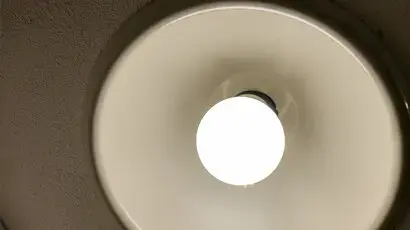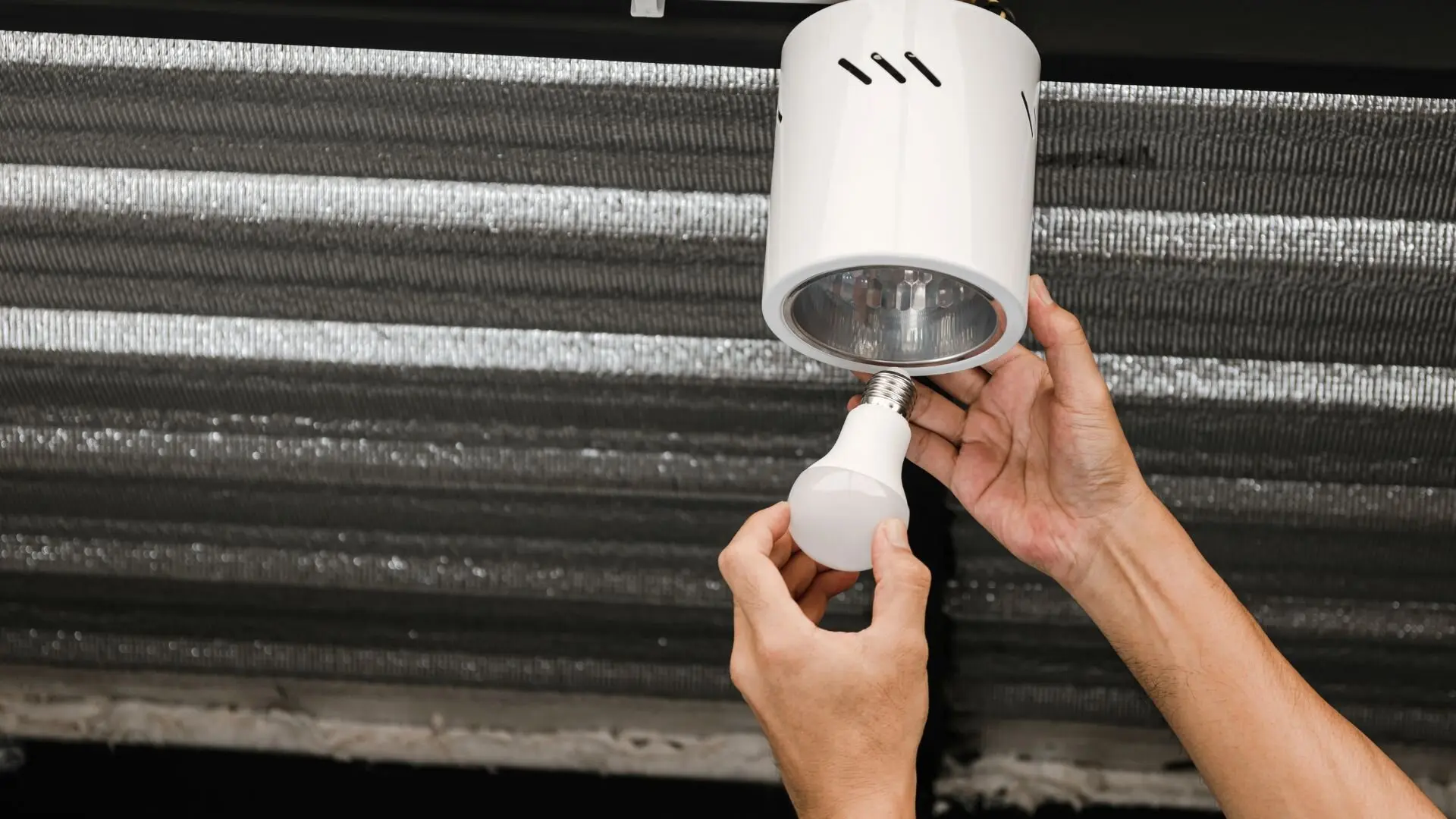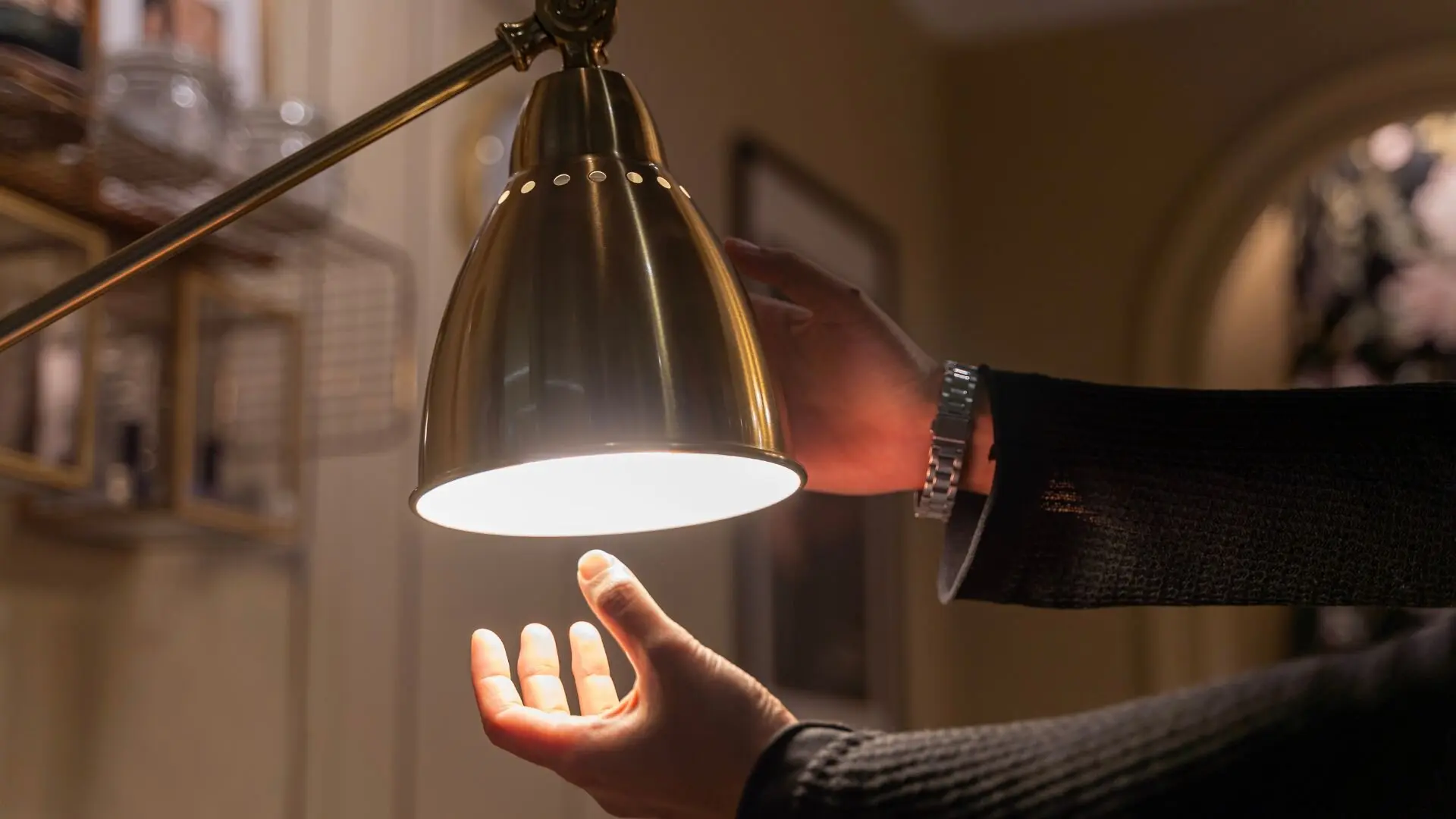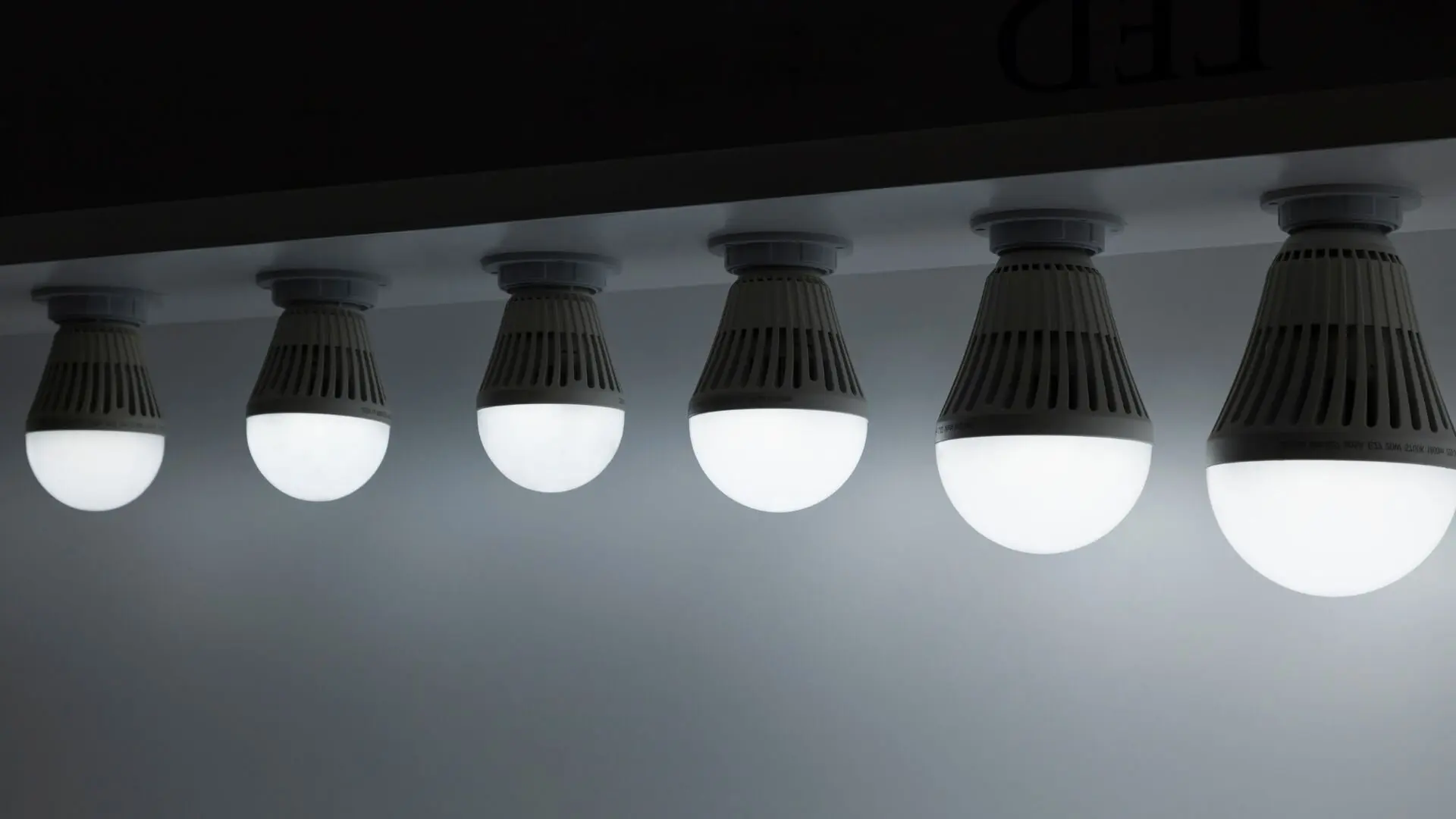
Get your free Melbourne Electrician quote today!
Our team of Melbourne Electricians is here to help you with any questions or concerns you may have. We’re committed to providing you with the best possible service and support.
Ever wondered how long those energy-efficient LED lights will keep shining? Unlike traditional incandescent bulbs, LEDs boast extended lifespans. This blog post explores the factors impacting LED lifespan, helping you make informed decisions for your lighting needs.
LED lighting has really revolutionised how we light up our spaces. Not only is it a sustainable option, but it also provides an energy-efficient alternative to those old incandescent bulbs. LED light bulbs , often just called LED bulbs, have gained popularity because they outlast traditional bulbs by a long shot.
When picking out LED lights, it’s crucial to consider their rated lifespan because it indicates how they’ll perform over time. However, it’s key to remember that this lifespan is just an estimate based on perfect conditions, and real-world results can differ. Factors like heat management, light output, and the quality of the LED chip and components can really influence how long they actually last.
In this article, we’ll explore the concept of rated lifespan, how it relates to real-world performance, and the benefits of LED technology for long-term , efficient lighting solutions.
Understanding Rated Lifespan
We usually measure the lifespan of LEDs in hours, which we call the rated lifespan. LED light bulbs often boast a rated life of 50,000 hours or more , meaning they far outlast traditional bulbs. This rating tells us how long an LED bulb or light will maintain at least 70% of its original brightness before notable lumen depreciation kicks in.
Several factors influence an LED’s lifespan, including the quality of the LED chips, the design of the heat sink, and the manufacturing processes . Poorly connected LED chips or inadequate metal heatsinks can dramatically reduce an LED’s life expectancy. LED bulbs and LED lamps are electrical devices that emit light, and the intense heat generated must be effectively managed to prevent premature luminous decay.

LEDs are much more efficient than incandescent bulbs, and that’s why they last longer. However, even the very best-designed LED lights will gradually dim over time.
The average lifespan of LED bulbs is still significantly longer than other lighting technologies . Proper thermal management through well-designed heat sinks is crucial for maintaining light quality and ensuring a lengthy lifespan for LED light fixtures. Poor design can lead to overheating, which diminishes the LED’s efficiency and shortens its overall life span.
Factors Affecting LED Lifespan
There are several factors to consider when thinking about the lifespan of an LED light bulb.

Heat Management
Too much heat can really hurt LED performance and shorten the light source’s lifespan. That’s why having a good heat sink design is crucial for keeping things cool and maintaining LED efficiency.
Usage Patterns
The frequency of use also impacts LED longevity. Unlike traditional light sources, LEDs are well-suited for long-duration applications, as frequent on/off cycles can reduce lifespan.
Quality of an LED Light Fixture
Choosing high-quality LED light bulbs from reputable manufacturers ensures a longer lifespan and better performance. These premium LEDs are designed to produce light efficiently and reliably over an extended period.
Environmental Factors
Finally, environmental factors like humidity and dust can influence LED lifespan, though it’s less of a concern in the Australian market. Most reputable manufacturers ensure their products are built to handle these conditions without issue.
Getting the Most Out of Your LEDs

Choose High-Quality LEDs
To make your LEDs last longer, invest in high-quality products from reputable brands. Check for LEDs with well-crafted heat sinks since these help dissipate heat and stave off early failure.
Match the Light to the Application
When selecting LEDs, match the light output and colour temperature to your intended application for optimal performance and energy efficiency.
Consider Usage Patterns
LEDs are best suited for applications that will be on for extended periods, as frequent switching can reduce their lifespan.
Maintain Proper Ventilation
To further enhance LED longevity, ensure proper ventilation around the fixtures, especially in enclosed spaces. Adequate airflow helps regulate temperature and prevents overheating, which can damage the LEDs over time.
LEDs: Long-lasting Lighting Solutions
LED lights offer a dramatic increase in lifespan compared to traditional bulbs. While factors can affect their longevity, with proper use, they can illuminate your home for years to come.
Don’t navigate the world of LED options alone. Contact WP Electrical today . Our experts will help you choose the perfect LED solutions for your needs and ensure a flawless installation process. Let WP Electrical help you usher in a new era of energy-efficient lighting.
Published by: Pascal Harb17 October 2025